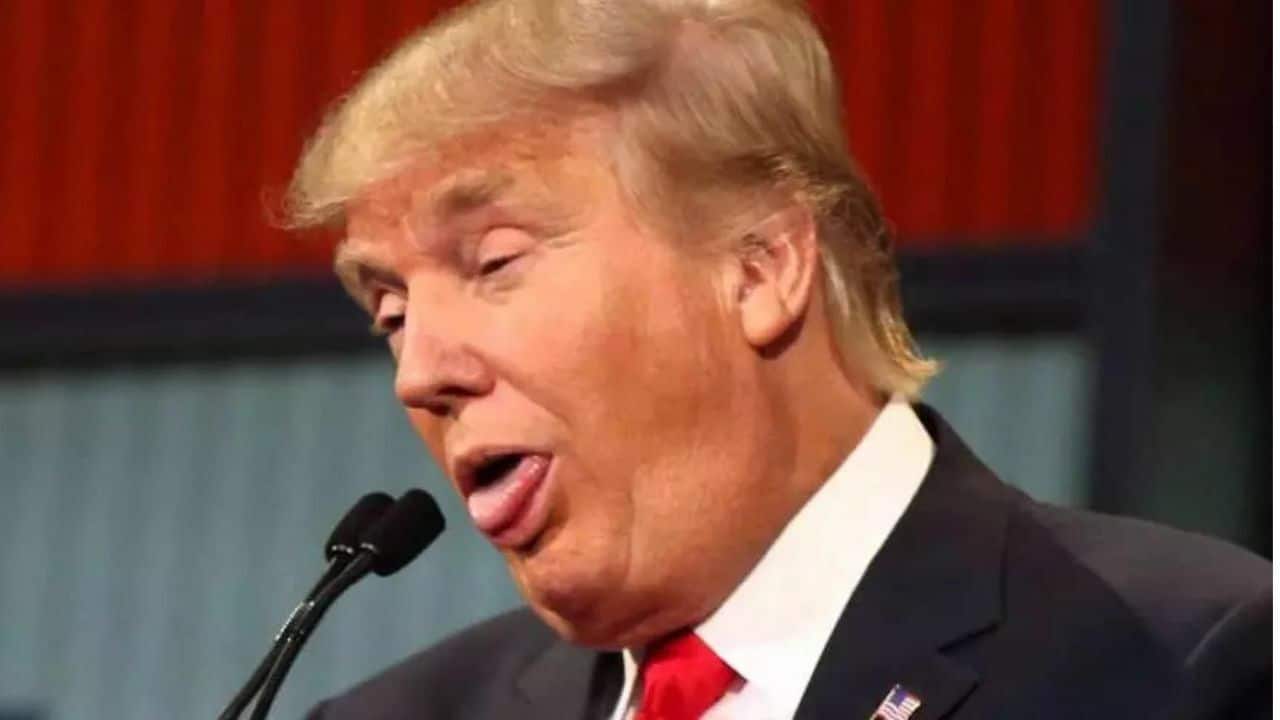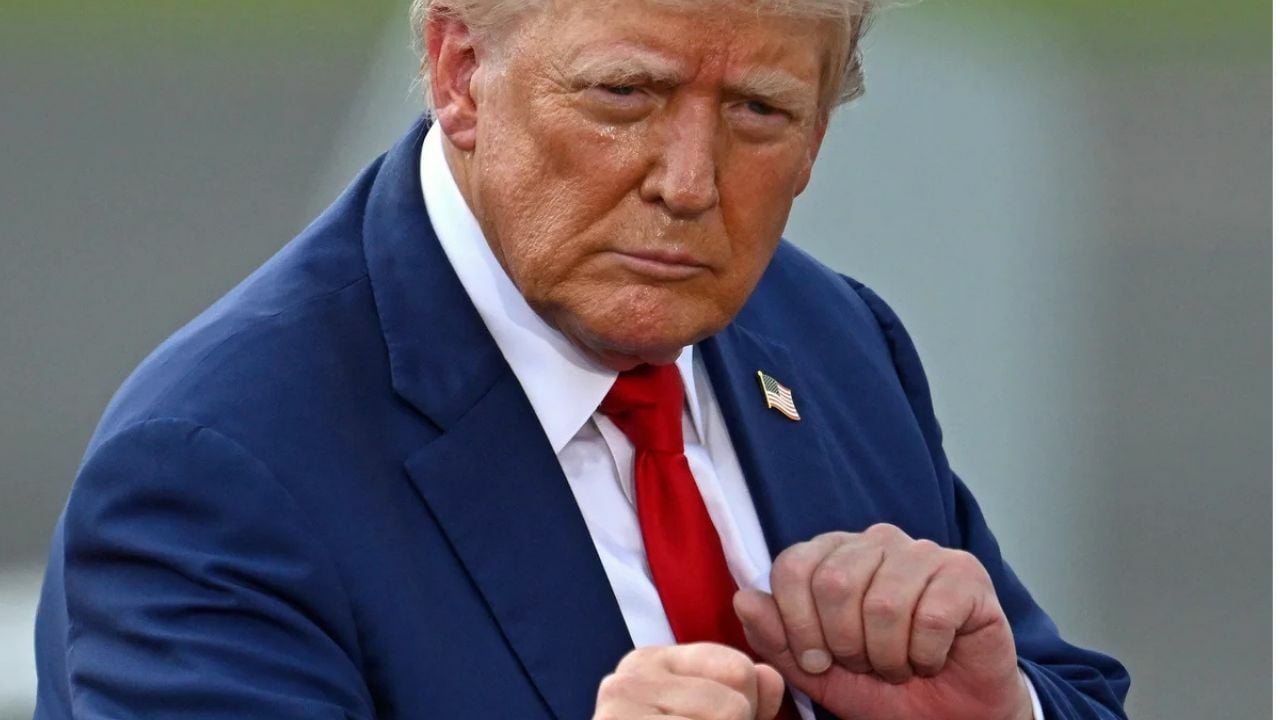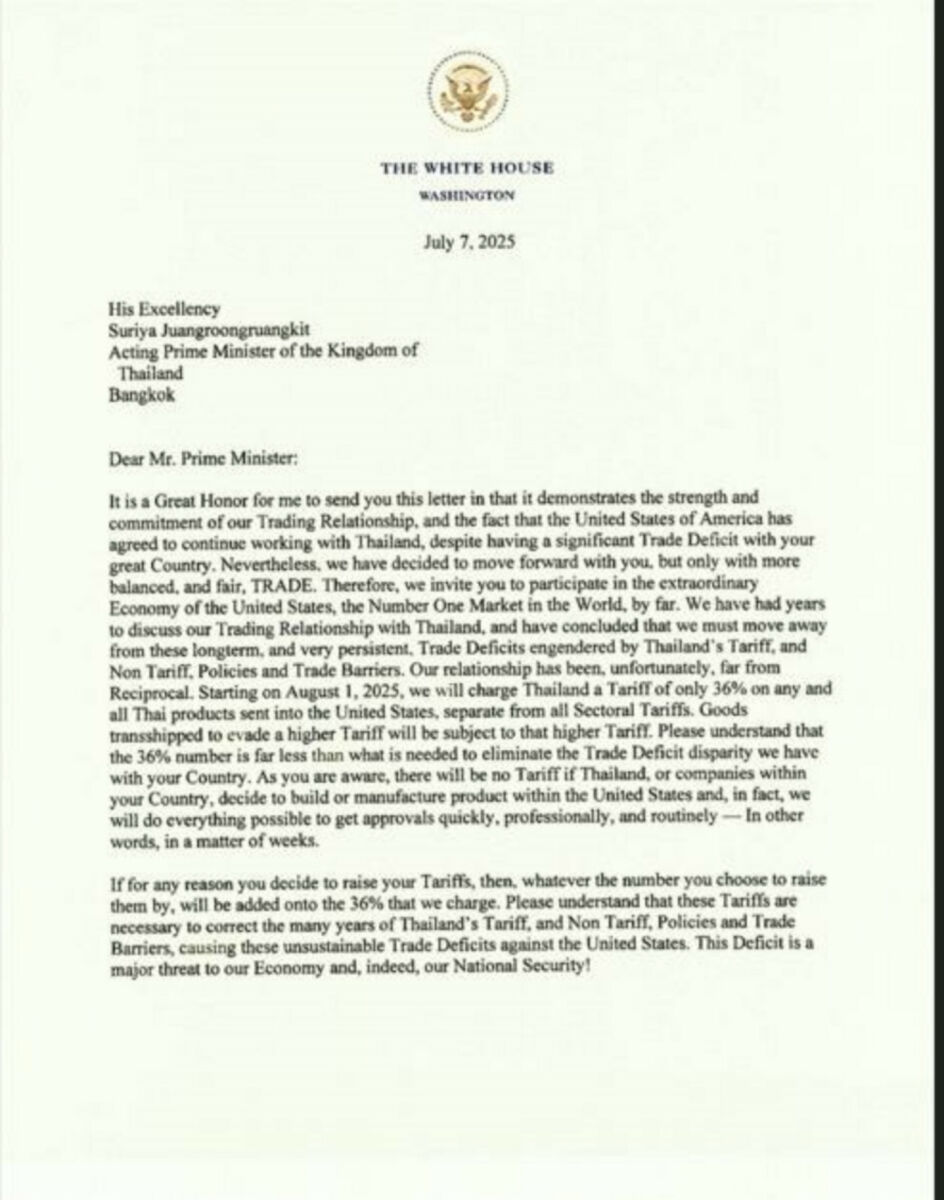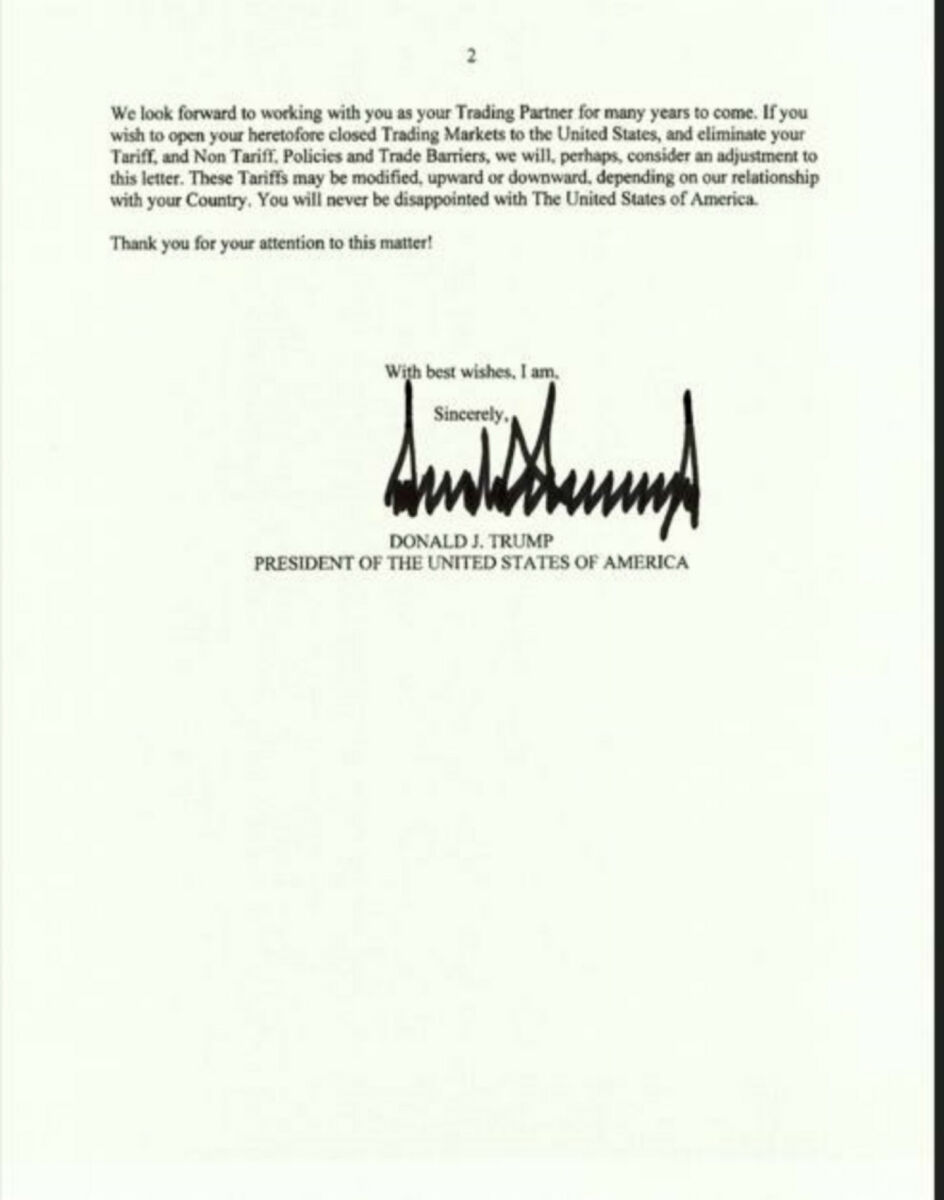

Donald Trump has lobbed another economic grenade into global markets, slapping punishing new tariffs on key US trading partners, including Thailand, in a fresh trade tirade that’s left allies fuming and markets tumbling.
The US president kicked off his latest trade war salvo by revealing a raft of “reciprocal” tariff letters, and warned this was only the beginning.
Starting August 1, Japan and South Korea will be hit with a hefty 25% import levy, while others face even steeper duties. Laos and Myanmar got walloped with a massive 40%, while Thailand and Cambodia each copped 36%.
The list of targets reads like a roll call of countries unlikely to have expected such a slap, Bangladesh (35%), Serbia (35%), Bosnia (30%), and Indonesia (32%) all got the Trump treatment.
“Our relationship has been, unfortunately, far from Reciprocal,” Trump wrote in the sternly-worded letters, posted to his Truth Social account, setting off a fresh storm of global uncertainty.
Trumped-up tariffs
According to the White House, a dozen countries received direct warnings from the 79 year old president on Monday, with more “love letters” expected to arrive in the coming days.
Karoline Leavitt, the Trump campaign’s press secretary, confirmed the tariffs.
“Those are the countries he chose… It’s the president’s prerogative.”
She added that the administration was “close” to reaching deals with a few partners, but negotiations have been fraught due to Trump’s tight deadlines and unpredictable U-turns.
Indeed, this latest tariff tirade appears to be another delay tactic. After announcing the tariffs in a glitzy Rose Garden ceremony last week, Trump offered a sudden 90-day reprieve, reducing duties to 10% to give countries time to come to the table. That clock is now ticking again, with August 1 set as the new D-Day.

Trump’s list of targets is a mixed bag, from economic allies to far-flung nations with minimal trade ties to the US.
Take Kazakhstan, for instance. The Central Asian nation occasionally ships oil to the US, around 38,000 barrels a day last year, but isn’t exactly a trade juggernaut. Yet it still faces a 25% tariff.
Myanmar, already under fire internationally after its military coup in 2021, sends less than US$700 million worth of goods to America annually. Now those goods will face a 40% wall of taxes.
Even Malaysia, once a quiet partner in Southeast Asia, finds itself lumped in with this economic hit list.
Don’t think about retaliating
In classic Trump style, the letters weren’t just about tariffs, they came with a warning.
“If for any reason you decide to raise your Tariffs,” he wrote ominously, “then, whatever the number you choose to raise them by will be added” to the already announced levels.
And just to hammer home the message, Trump reminded trading partners that these new numbers didn’t include additional tariffs already placed on autos, steel and other key sectors, meaning some industries could be hit twice.
That’s particularly bad news for Japan and South Korea, both major car exporters already under the cosh from previous steel tariffs.
Markets shudder
The financial world didn’t take the announcement well.
-
The S&P 500 sank 0.8%, and the Nasdaq mirrored the drop.
-
US Treasuries slid, particularly on long-term bonds.
-
The dollar surged, while Asian currencies fell — the Japanese yen, South Korean won, and South African rand all dropped over 1%.
-
Toyota and Honda shares fell 4.3% and 3.9%, respectively, in US trading.
Jonathan Gold, of the National Retail Federation, pulled no punches.
“All of that new revenue is just a tax on US businesses.”
Despite Trump’s repeated claims that foreign nations pay the tariffs, economists and industry insiders say the real cost falls on American importers, who must either eat the extra costs or pass them onto consumers.


The timing of Trump’s announcement seems political as much as economic.
Japan faces upper house elections this month, and newly-installed South Korean President Lee Jae-myung, sworn in just last month, is still finding his footing. Neither is likely to rush into a trade deal with Washington in the current climate.
The European Union, meanwhile, appears to have dodged Monday’s wave of letters, though insiders warn they may not be off the hook just yet.
And in a pointed jab at geopolitical rivals, Trump also floated an extra 10% tariff on any nation aligning itself with BRICS, the bloc of Brazil, Russia, India, China, and South Africa, currently meeting in Rio.
Legal showdown looms
But Trump’s tariffs may yet run into a judicial brick wall.
A US federal court ruled in May that most of his levies were illegally issued under the International Emergency Economic Powers Act (IEEPA). The administration managed to win a temporary reprieve from that ruling, with a new court hearing now scheduled for July 31, just one day before the tariffs kick in.
In the meantime, Trump is using an alternative legal route, the Trade Expansion Act’s Section 232, to target specific industries such as automobiles, steel and aluminium.
More sector-specific tariffs are said to be in the works, meaning even more chaos could be coming for global supply chains.
Fed fights back
Trump’s trade blitz isn’t just riling foreign governments, it’s also put him on a collision course with the Federal Reserve, reported Bangkok Post.
Chairman Jerome Powell has so far resisted Trump’s loud demands for interest rate cuts, citing concern that the tariff hikes could drive up long-term inflation.
Analysts at Bloomberg Economics reckon if Trump goes ahead with all his reciprocal tariffs, average import duties could soar from 3% to 20%, pushing up prices for American families just as economic growth slows.
“Between higher tariffs, rising oil prices and immigration restrictions — we’re heading straight into an inflationary storm,” said Torsten Slok of Apollo Global Management.
Dealmaker or wrecking ball?
Trump’s defenders say the tariffs are part of a masterstroke, forcing fairer trade terms and bringing manufacturing back to America.
But critics accuse him of playing a dangerous game of economic brinkmanship, where everyday Americans, not foreign nations, end up footing the bill.
For now, Trump’s message to the world is clear: play by my rules, or pay the price.
And with more tariff letters in the post, the world might just be bracing for Trade War 2.0, Trump-style.
The story Deal or no deal? Thailand rocked by Trump’s 36% tariffs bomb as seen on Thaiger News.
